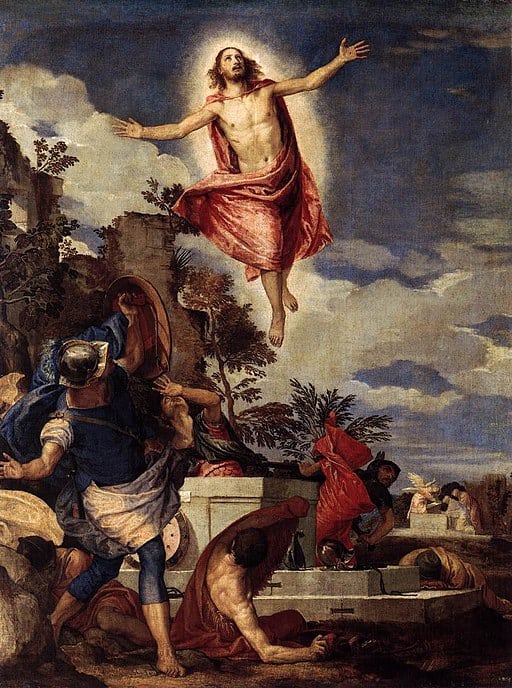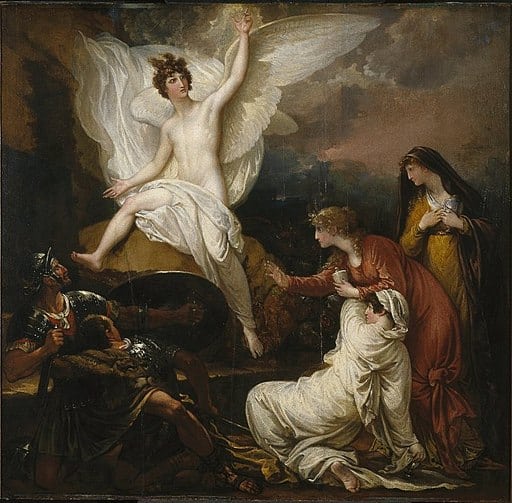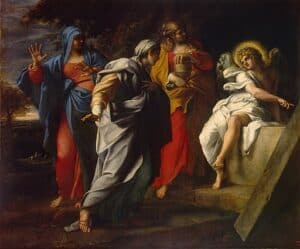Resurrection of Jesus
First Glorious Mystery of the Rosary

Introduction
The first glorious mystery of the Rosary is the Resurrection of Jesus. This pivotal event holds immense importance and significance in the Christian faith. After Jesus’ crucifixion and death, His miraculous resurrection symbolizes victory over sin and death. It is the cornerstone of Christian belief, illustrating the transformative power of divine love.
The Resurrection validates Jesus’ identity as the Son of God and fulfills prophecies foretold in the Scriptures. It symbolizes hope and the promise of eternal life for believers. Through this event, Jesus conquered the consequences of human transgressions, offering redemption and reconciliation with God.
The significance of the Resurrection extends beyond historical documentation; it shapes the core of Christian theology. It is a beacon of light, inspiring faith and providing solace to those facing challenges. The Resurrection remains a testament to God’s boundless mercy and love, inviting all to embrace the transformative grace it brings. This mystery serves as a foundation for Christian joy, affirming that, through Christ, believers can overcome darkness and share in the promise of everlasting life.
Scriptures of the Resurrection of Jesus

Matthew 28:1-8
And in the end of the sabbath, when it began to dawn towards the first day of the week, came Mary Magdalen and the other Mary, to see the sepulchre. And behold there was a great earthquake. For an angel of the Lord descended from heaven, and coming, rolled back the stone, and sat upon it. And his countenance was as lightning, and his raiment as snow. And for fear of him, the guards were struck with terror, and became as dead men. And the angel answering, said to the women: Fear not you; for I know that you seek Jesus who was crucified. He is not here, for he is risen, as he said. Come, and see the place where the Lord was laid.
Scripture Commentary

In Matthew 28:1-8, the narrative unfolds with Mary Magdalene and the other Mary visiting the tomb where Jesus was laid after his crucifixion. However, upon their arrival, they encounter an earthquake and witness an angel descending from heaven. The angel rolls back the stone from the tomb’s entrance and delivers the astonishing news that Jesus is no longer there, for He has risen, just as He said.
The angel instructs the women to go and tell the disciples about this miraculous event. Filled with a mix of fear and great joy, the women leave the tomb, only to encounter Jesus Himself on their way. He reassures them and reinforces the angel’s message, urging them to inform the disciples of His resurrection and that they will see Him in Galilee.
This passage is a pivotal moment in Christian theology, emphasizing the fulfillment of Jesus’ promise to rise from the dead. The empty tomb, the angelic proclamation, and the encounter with the risen Christ underscore the central theme of hope, triumph over death, and the foundational basis of Christian faith.
Feast of the Resurrection - Easter
The feast day for the resurrection of Jesus, known as Easter Sunday, is a profound and celebratory event in the Christian calendar. It marks the culmination of the Passion of Jesus, which includes events like Palm Sunday, Maundy Thursday, and Good Friday.
Easter is typically observed on the first Sunday after the first full moon following the vernal equinox, aligning with the Jewish Passover. The choice of timing is symbolic, emphasizing themes of new life and rebirth associated with spring.
The heart of the celebration lies in the belief that Jesus, after being crucified and buried, rose from the dead on the third day. This miraculous event signifies victory over sin and death, offering believers the promise of eternal life. The resurrection is considered the cornerstone of Christian faith, embodying hope, redemption, and the transformative power of God’s love.
Easter Sunday is marked by special church services, where Christians gather to commemorate the resurrection through prayers, hymns, and the proclamation of the Easter Gospel. Many churches also conduct sunrise services, symbolizing the dawn of the new era brought about by Christ’s resurrection.
In essence, the feast day of the resurrection is a spiritually significant and joy-filled occasion, symbolizing the core beliefs of the Christian faith and offering a message of hope and renewal to believers around the world.
Download our Glorious Mysteries pdf Document
We have a Glorious Mysteries pdf available for your use. It is free to download and share. It can be printed and used for praying the Rosary and is an excellent aid for anyone, especially for beginners. The author still uses it to this day.
To view our Glorious Mysteries pdf page, click the link. To go straight to the pdf, click the button below.

We strive to provide the most complete and highest quality material we can for you, our readers. Although not perfect,
it is our desire and prayer that you benefit from our efforts.

